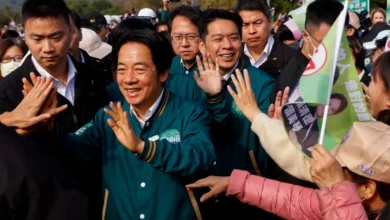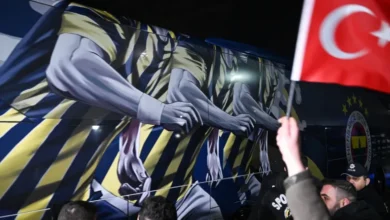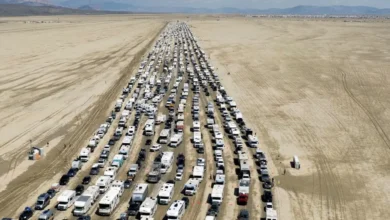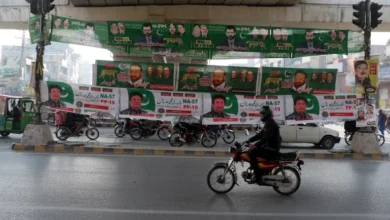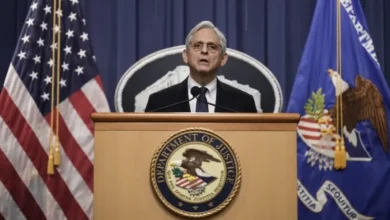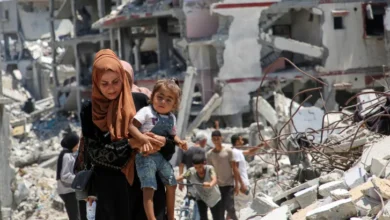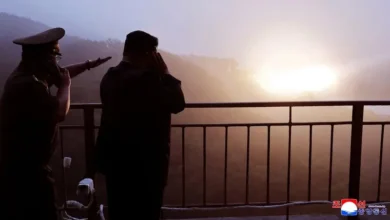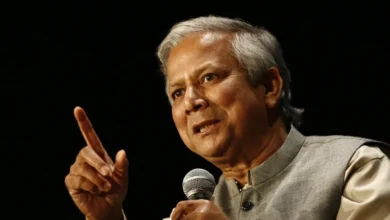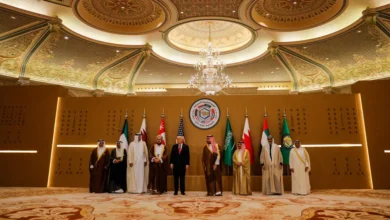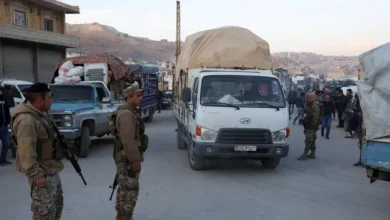Can Pakistan form a new government on split election results?
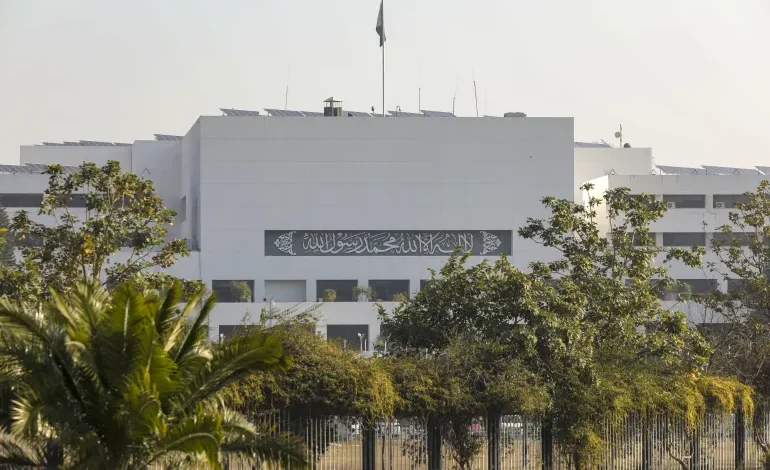
Two days after Pakistan’s general elections were held, a split mandate has emerged among the big three parties and there is little clarity about who will be able to form a government.
According to the latest tally by the Election Commission of Pakistan (ECP), results from 253 National Assembly constituencies had been announced as of Saturday afternoon, out of a total of 266.
In a shock result, the largest number of seats have gone to independent candidates, of which at least 93 are backed by Pakistan Tehreek-e-Insaf (PTI).
In December last year, the party was stripped of its electoral symbol, the cricket bat, accused of violating laws about holding internal party elections, forcing it to field its candidates as independents.
The Pakistan Muslim League-Nawaz (PMLN), which entered the election as the expected frontrunner, has emerged with the second-largest mandate, with only 71 seats.
In third place is the Pakistan Peoples Party (PPP), which managed to secure 54 seats, 11 more than it gained in the 2018 elections.
With such a split, the big question now rests on who will be able to form a government in Pakistan, a country of 241 million people which has suffered a turbulent two years with political instability, an economy on the verge of default and rising internal security challenges.
How is a majority determined?
With 266 seats up for grabs in the general elections, a simple majority of 134 is required for any one political party to be able to form a government.
Theoretically, however, members of parliament can form a government regardless of their party affiliation.In the PTI’s case, their affiliated candidates can choose to avoid joining other parties and, instead, band together as independents. This would allow them to form a government if they collectively cross the required threshold of 134 seats.
However, doing this could result in a weak government, perpetually vulnerable to the whims of individuals who can choose to desert the governing coalition – something which is much harder when tied to a formally organised political party.
Another downside of remaining independent is that they would be unable to benefit from the reserved seat quota kept for women and minority candidates. In Pakistan’s lower house, 266 seats are directly elected, with an additional 60 seats reserved for women and 10 for minorities. Those seats are distributed among parties according to the ratio of seats they have won.
If PTI-backed candidates do decide to join other parties to form a government, they must announce their decision within three days of the official notification issued by the ECP after the completion of the vote counting, expected by late Saturday.
How have other parties reacted?
Leaders of the other two parties with the largest number of votes – the PMLN and the PPP – held a meeting late on Friday night in Lahore, after PMLN leader Nawaz Sharif declared his party “victors” in the parliamentary election.
Sharif’s claim that his PMLN had emerged as the party with the largest mandate is technically correct since the PTI-backed legislators are independent.
However, he also acknowledged that his party had failed in its objective to achieve a simple majority, and is therefore now reaching out to other parties to discuss forming a coalition to be able to form a government.
Speaking to Al Jazeera, Abdul Basit, a research fellow at S Rajaratnam School of International Studies in Singapore, noted that provincial results show that the PMLN and independent candidates are neck and neck in Punjab’s provincial assembly, which is considered vital to form a government due to its large number of seats.
“What is emerging is that two main parties will have control of two provinces, with PTI getting Khyber Pakhtunkhwa, and PPP getting Sindh. Whoever controls Punjab will always have a sword of Damocles hanging on their head, due to the divided result,” he added.
Why are there allegations of manipulation?
While the parties have commenced discussions to form a new government, the PTI has alleged widespread manipulation of the results to steal its majority. Where it could have been in a position to form a government on its own, it now requires coalition support to do so.
The party’s leader, Imran Khan, who has been imprisoned after being found guilty of corruption charges, has stated multiple times that the PTI will refuse to be part of a coalition government.
The election results came in unusually late despite a deadline set by the country’s poll body. Results started to emerge nearly 10 hours after the voting ended.
The PTI has alleged that results from many seats were tampered with to deny it a victory. Some candidates have already started legal action, demanding that the courts issue a stay order on the final results.
The international community, including the United States, United Kingdom and the European Union, have also demanded an investigation into claims made by the PTI.
What will PTI candidates do now?
The PTI, unwilling to enter into any formal alliance with another party, is considering joining the opposition benches “under the banner” of another party to gain access to the government. In the meantime, it will also pursue legal avenues to overturn seats it alleges have been stolen from its candidates.
“We’ll be merging with a small party so that we go into parliament under a symbol, and that means our candidates will not be independents any more. We will join a political party of the choice of our leader, Imran Khan,” Syed Zulfikar Bukhari, a senior PTI member, told Al Jazeera.
